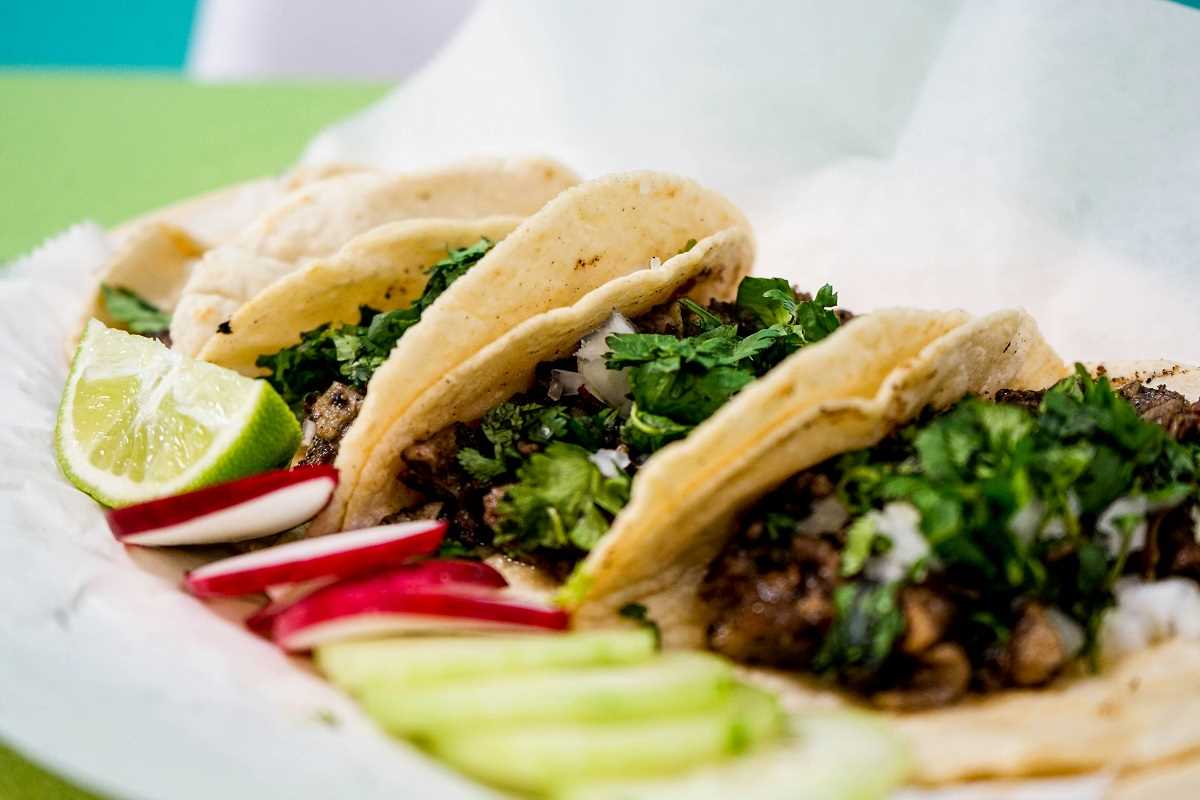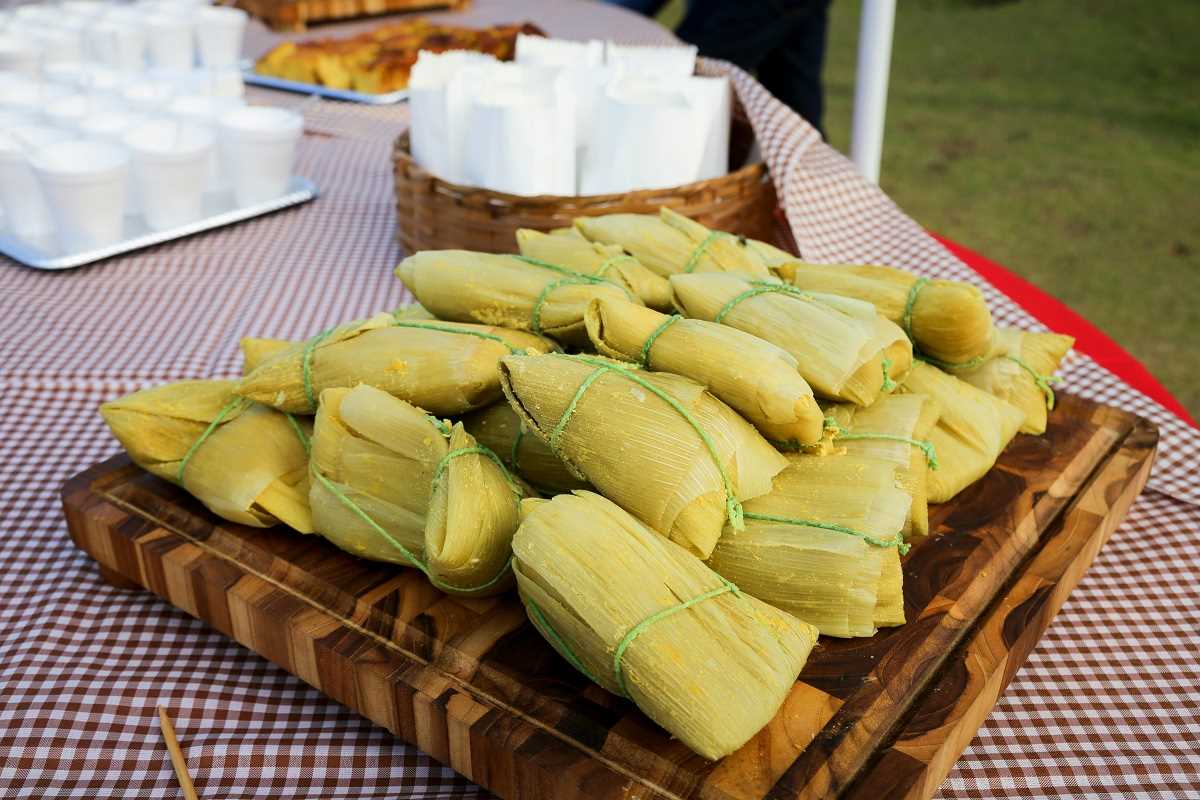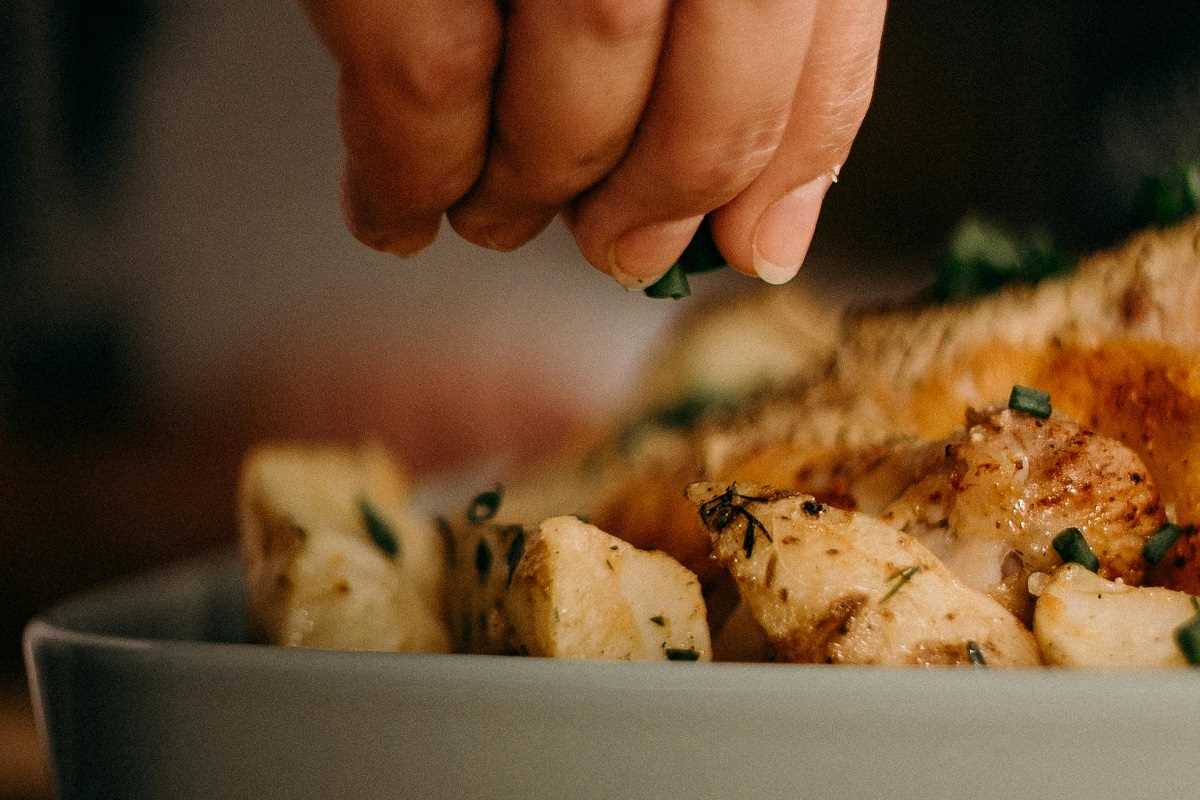Walking through a bustling neighborhood, the aroma of spices and grilled meats drifts through the air, leading you toward a cozy eatery nestled off the beaten path. Bright colors catch your eye as the lively sounds of clinking plates and friendly conversations create an inviting atmosphere. Locals greet you with genuine smiles, eager to share dishes that reflect the heart and soul of their community. Finding these lesser-known culinary spots brings more than just a memorable meal; it gives you a glimpse into the area’s heritage, long-standing traditions, and the rhythms of everyday life that shape its unique character.
Uncovering Culinary Corners Beyond Guidebooks
Many travelers stick to popular spots and well-known restaurants, missing the chance to taste genuine dishes made by those who have preserved age-old recipes. These lesser-known areas often host eateries that serve dishes passed down through generations, reflecting the true essence of a community’s culinary heritage. Stepping into these neighborhoods allows you to see the city through the eyes of locals and enjoy meals that are authentic, affordable, and full of character.
Exploring ethnic neighborhoods provides a richer connection to the city’s cultural fabric. You get to watch street vendors prepare food with skill, chat with owners about their traditions, and sample dishes that are seldom found elsewhere. These areas often lack the polished presentation of tourist hotspots, but they compensate with genuine flavors and warm hospitality that can make your experience truly memorable.
Spotlight on Five Neighborhoods
- Chinatown, New York City — Located in Manhattan, this bustling district offers a variety of authentic Chinese eateries. Visit Nom Wah Tea Parlor, a century-old dim sum house that attracts locals and visitors alike. Its unique feature is the traditional dim sum carts and handwritten menus. Dishes are reasonably priced, and an insider tip is to arrive early for the best selection before the rush begins.
- Little Ethiopia, Los Angeles — Found on the city’s west side, this neighborhood specializes in Ethiopian cuisine. The vibrant cafes and restaurants serve injera bread with flavorful stews like doro wat. The cost is moderate, and locals recommend trying the vegetarian options, which are often less spicy and perfect for first-timers. Don’t forget to order a traditional coffee ceremony to experience authentic hospitality.
- Little Italy, Boston — This historic district offers more than just pizza. The family-run trattorias serve fresh pasta and seafood dishes rooted in Italian traditions. The unique feature is their homemade sauces and fresh ingredients sourced from local markets. Expect to pay moderate prices, and a tip from insiders is to visit during weekday lunch hours for quieter, more personalized service.
- Koreatown, Seoul — In Seoul's vibrant district, many small eateries serve dishes crafted by generations of chefs. Try a traditional Korean BBQ at Jangsu Galbi, where the focus on high-quality meat and side dishes sets it apart. Prices are fair, and locals suggest ordering the set menu for a comprehensive taste of Korean flavors. Arriving in the early evening guarantees a seat amid the lively atmosphere.
- La Merced, Mexico City — This historic market area buzzes with vendors selling regional Mexican specialties. Standout offerings include tamales, pozole, and fresh salsas. The setting is lively and colorful, with affordable prices that make trying multiple dishes easy. Insider advice is to visit on weekday mornings when the market is less crowded, and vendors are freshest.
For those eager to explore the diverse tastes of these neighborhoods, understanding the local food culture enhances every bite. Dive into the history behind each dish, learn about traditional ingredients, and engage with vendors to hear their stories. These experiences make your culinary journey more meaningful and memorable.
When trying new places, consider the layout of the neighborhood, peak hours, and local customs. Walking tours guided by residents can reveal hidden spots and provide context for the dishes you sample. Keep an open mind and embrace the flavors that might differ from your usual preferences. This approach transforms your visit into a deeper cultural adventure.
How to Make the Most of Local Flavors
- Research local specialties — Learn about the signature dishes and ingredients that define each neighborhood. This helps you identify must-try items and understand their cultural significance before you even arrive. For example, in Little Ethiopia, injera and berbere spice are staples, so look for dishes featuring these elements.
- Engage with locals — Speak with restaurant owners and street vendors to hear their stories and tips. Locals often recommend hidden dishes or the best times to visit. Their insights can lead you to authentic spots that aren’t listed in guidebooks.
- Visit markets and street stalls — These places often serve the freshest and most traditional foods. Sampling street food allows you to taste dishes in their most genuine forms, often at lower prices and with a more lively atmosphere.
- Try a variety of dishes — Don’t limit yourself to one or two items. Sharing plates with travel companions lets you experience a broader range of flavors and discover new favorites.
- Respect local customs — Observe dining etiquette and participate in traditional practices. Whether it’s sharing a communal dish or waiting for the host to start, respecting customs enhances your experience and shows appreciation for the culture.
Transform your culinary exploration into a meaningful journey by immersing yourself in local traditions and flavors. These authentic experiences often turn out to be the most memorable parts of your trip.
Beyond just the food, neighborhoods offer insights into the local way of life. Walking through narrow alleys, browsing markets, and chatting with residents enriches your understanding and appreciation of the community’s identity. Each neighborhood has its own rhythm, stories, and character waiting to be discovered.
Planning Your Gourmet Route
- Map out your neighborhoods — Identify areas known for their authentic cuisine and plan your route accordingly. Focus on districts that are easily walkable or accessible by public transit to maximize your time and energy.
- Set a flexible schedule — Leave room for spontaneous discoveries. Some of the best experiences happen when you follow a local recommendation or stumble upon a hidden gem.
- Prioritize authentic, family-run spots — Seek out places with a loyal local clientele, as these tend to serve dishes rooted in tradition rather than tourist-oriented fare.
- Visit during off-peak hours — Arriving early or late ensures a more relaxed experience and better access to the most authentic dishes without long waits.
- Take guided food tours — Local guides can introduce you to multiple spots in one day, sharing stories and cultural context that deepen your appreciation for each dish.
Each step in planning your route should aim to enrich your understanding of local food customs and help you discover hidden flavors that standard itineraries might overlook. These thoughtful choices make every meal an adventure and deepen your connection to the neighborhood’s culture.
Exploring these hidden culinary spots turns travel into a memorable journey of culture and flavor. Stay curious, and let each neighborhood's unique tastes leave a lasting impression.
 (Image via
(Image via





